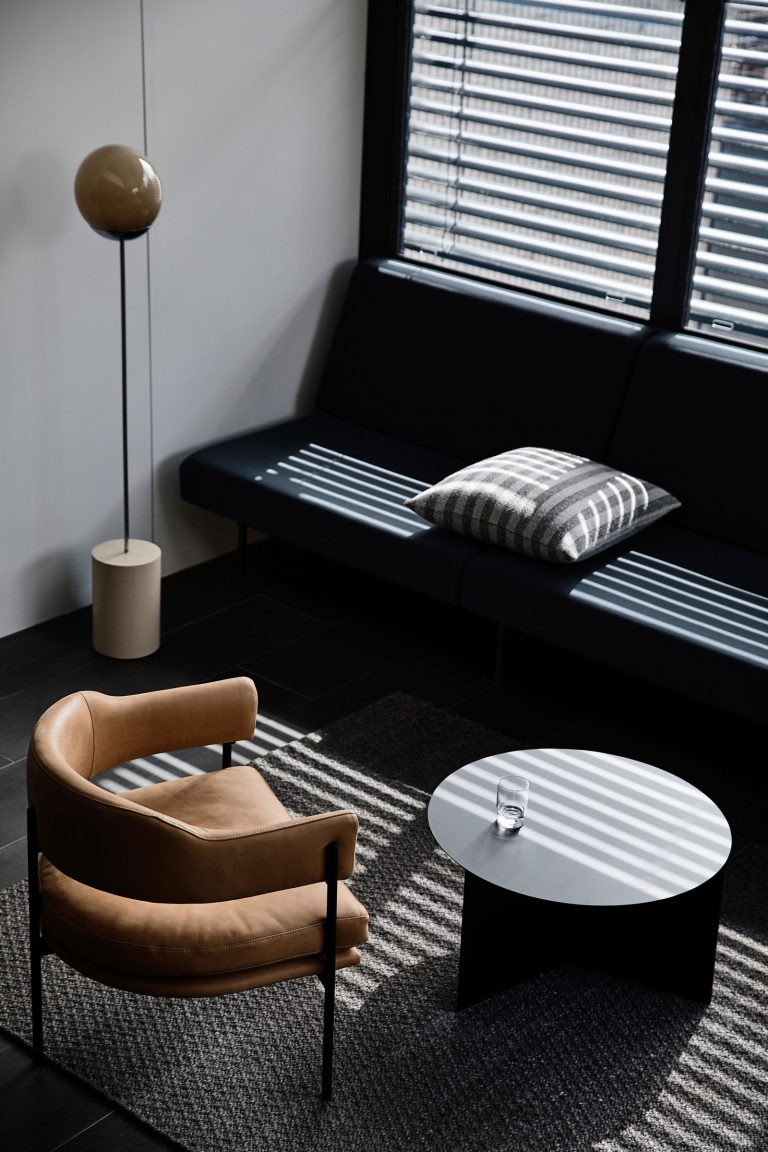LIGHTS & SHADOWS IN DESING
The art of working with light
Incorporating natural light in architecture and design is already a regular feature in projects that seek to surprise the client while taking into account their needs and tastes.

Lights and shadows in interior architecture
No one doubts the importance of light, not only in architecture or design, but in our daily lives. Natural light in architecture is capable of giving warmth and homeliness to a room and also serves as a natural decorative element. An “ephemeral art” which appears and disappears with the hours.
One example of this, is this project by Elridge Anderson. The rehabilitation of a house with great urban restrictions. In this case, it was decided to modify height and “open” it to the outside. The materials are carefully selected following a “metallic” line whose main element is blue stone, together with the dark shades that contrast with the other main material: wood.
On the other hand, the window screens and the facade allow light to enter in the interior. Fully automated, they preserve privacy and allow the play of light to change at will.


Why not outside?
The dynamic component is the main feature of this project, however, this technique is not only used in interior architecture. Public spaces benefit from this play of light and shadows.
Check these projects:
- Howeler + Yoon architecture en Phoenix (Roosevelt) where the shadow play offers, besides a place of relaxation in this warm city, an aesthetic improvement of the area. Finally, the steel design of these geometric modules allows the air and the breeze to move.
- MuCEM by Rudy Ricciotti where the building follows the influence of the city of Marseille, in its external part, a latticework that causes a play of light and shadows that come together in a building. This experimentation with materials has made it an architectural reference point.


The Role of furniture
We could say that lighting should be an intrinsic part of architecture itself. Light and shadow are an essential part of spaces. If the architect is capable of mastering this element, he will be able to compose a whole spectrum of shadows, creating new textures that will join those already existing in the elements of interior design, or even design unimaginable exterior spaces.
The furniture is one of those interior design elements that can become an excellent ally in the game of shadows. An example could be a bookcase or shelf. If the furniture is transparent it can play with the passage of light through an open design. In that case the furniture is capable of multiplying its function: auxiliary furniture and room divider. If it also has sliding panels as does the Julia Collection, the play of light and shadow can be modified and different spaces constructed from the same solution.

The nature of these shadows cast by light offers great potential for designing and creating dynamic and totally unique spaces.
Images credits:
- North Melburne Project: Elrdige Anderson
- Howeler Project: Plataforma Arquitectura
- Julia Configuration model JE11




